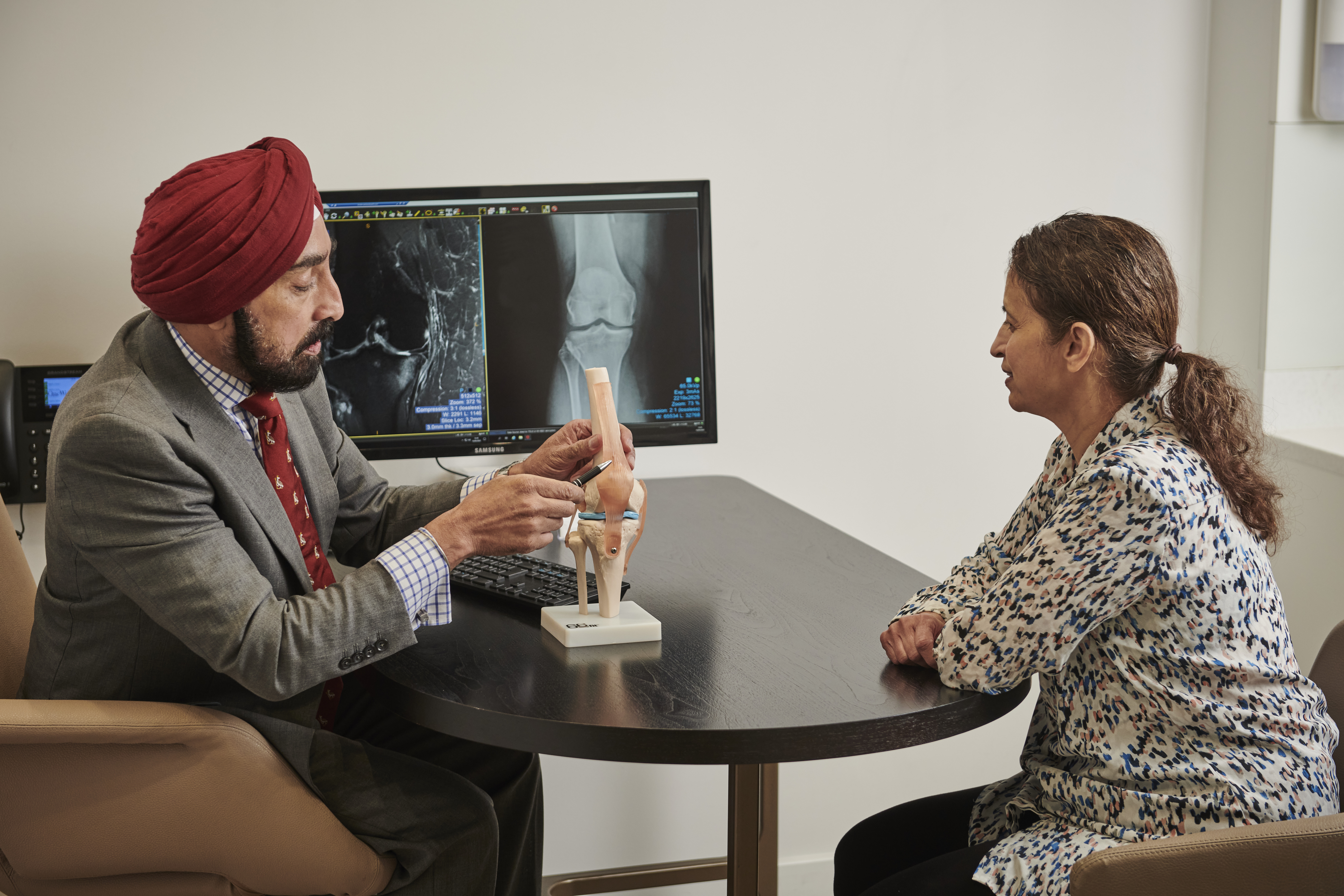Within our Orthopaedics department, our consultants are organized into distinct sub-groups, each specializing in a specific area of expertise. We invite you to explore the links below to learn more about each of our dedicated teams: Foot and ankle, Hand and wrist, Hip, Knee, Pain, Podiatry, Shoulder and elbow, Spine, Rheumatology and Sports Medicine. Each of our sub-specialty teams is composed of highly trained professionals who are passionate about providing the best care possible. We encourage you to explore the specific team that aligns with your orthopaedic needs and discover how they can help you regain your health, mobility, and overall well-being.
Meet Our: Orthopaedics Team
Within our Orthopaedics & Sports Medicine centre, we take pride in maintaining a fully integrated and interdisciplinary team of medical professionals who work together seamlessly to provide you with the highest level of care. Our holistic approach ensures that you receive comprehensive and tailored treatment plans that address your unique musculoskeletal needs. Here's a closer look at the diverse expertise that comprises our integrated team:

Our Specialties
Contact us
If you would like more information about our Orthopaedics Team please get in contact
Contact us